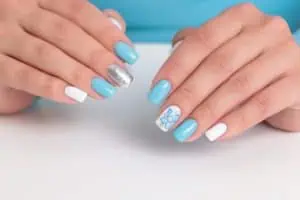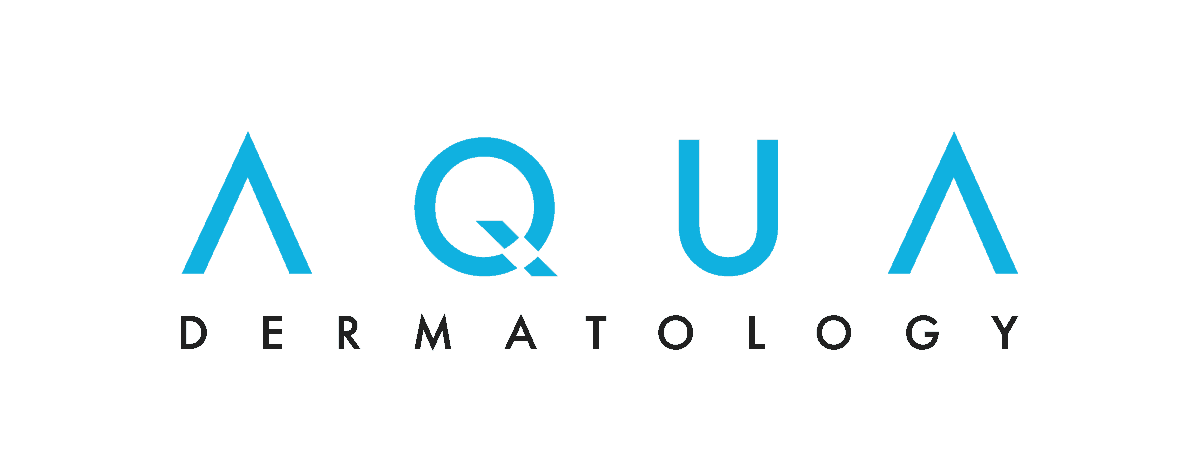
Medical Review By: Alissa O’Brien, MD
There’s a lot to love about gel manicures, particularly their durability. Unlike a traditional manicure, which can chip in just a few days, gel manicures can last for up to four weeks. The downside is that gel nail polish adheres to the nails so strongly that it can’t be wiped away with nail polish remover, so you have to return to the salon to have it removed. Or, you can remove gel nail polish at home, if you know how.
“Some people try to pick, peel, file or even bite off the polish, but that won’t work, and it can remove the top layer of the nail along with the polish, leaving your nail weak and damaged,” said Alissa O’Brien, MD, a board-certified dermatologist at Water’s Edge Dermatology.
8 Steps to Remove Gel Nail Polish
The better way is to soak off gel polish with acetone by following these steps. Don’t soak your entire fingers or toes in a bowl of acetone or you’ll irritate and potentially damage your skin.
1. Gather your supplies.
You’ll need 100% acetone (available in pharmacies as 100% acetone nail polish remover — don’t use standard nail polish remover or an acetone product that contains other ingredients), cotton balls or pads, scissors, plastic food wrap, a washcloth and a towel.
2. Protect your work surface.
Acetone can damage furniture and even countertops and sinks if it spills. Play it safe and lay plastic wrap on top of your work surface, then cover it with a towel.
3. Cut the cotton to fit your nails.
If you’re using cotton pads, cut them to the size of your nails, cutting larger pieces for the larger nails and smaller pieces for the small nails. The goal is to cover only the nail, not the surrounding skin. If you’re using cotton balls, depending on the size of the cotton ball you might cut them into halves for the larger nails and quarters for the small nails.
4. Apply petroleum jelly to the skin surrounding the nail.
The goal is to protect the skin in the event of acetone exposure. Don’t forget the tops of the fingernails or toenails. Note that you may find it easier to remove the gel nail polish from one hand at a time and use the free hand to apply and remove the cotton and plastic wrap.
5. Soak the cotton pieces in acetone, then place them on your nails.
Wrap the upper part of each finger or toe with plastic wrap to keep the cotton in place. “Many people use foil, but it doesn’t create a tight seal,” said Dr. O’Brien. “As a result, the acetone may drip onto your work surface, clothes or skin.” Wrap it tightly enough to create a good seal, but not so tightly that you cut off your circulation.
6. Let the cotton sit for 10 minutes.
When the time is up, remove the plastic wrap and the cotton. The polish should be mostly or completely gone. Take off any remaining polish by gently rubbing your nails with a washcloth soaked in warm water. Don’t try to scrape it off with an orange stick or you might damage your nails and cause white spots.
7. Wash off the acetone.
Use a mild, fragrance-free soap to clean your hands or feet to reduce the risk of irritation.
8. Soothe the skin around your nails.
Apply petroleum jelly daily to the cuticles and surrounding skin for at least the next several days to reduce any irritation. Cuticle oil is also helpful for rehydrating cuticles.
Repeated use of acetone, either at home or at the salon, can cause nail dryness, brittleness, peeling, and cracking, so consider reserving gel manicures for special occasions when you really want your nails to shine. If you discover that you’re sensitive to acetone, you’ll probably want to skip gel manicures altogether. Signs of contact dermatitis from acetone include red, swollen, itchy or flaking skin.
If you do get gel manicures often, the American Academy of Dermatology suggests wearing gloves with the fingertips cut off or putting sunscreen on your hands to protect the skin from the UV light used to cure the gel, which may slightly increase the risk of skin cancer.
Article Written By: Jessica Brown, a health and science writer/editor based in Nanuet, New York. She has written for Prevention magazine, jnj.com, BCRF.org, and many other outlets.





